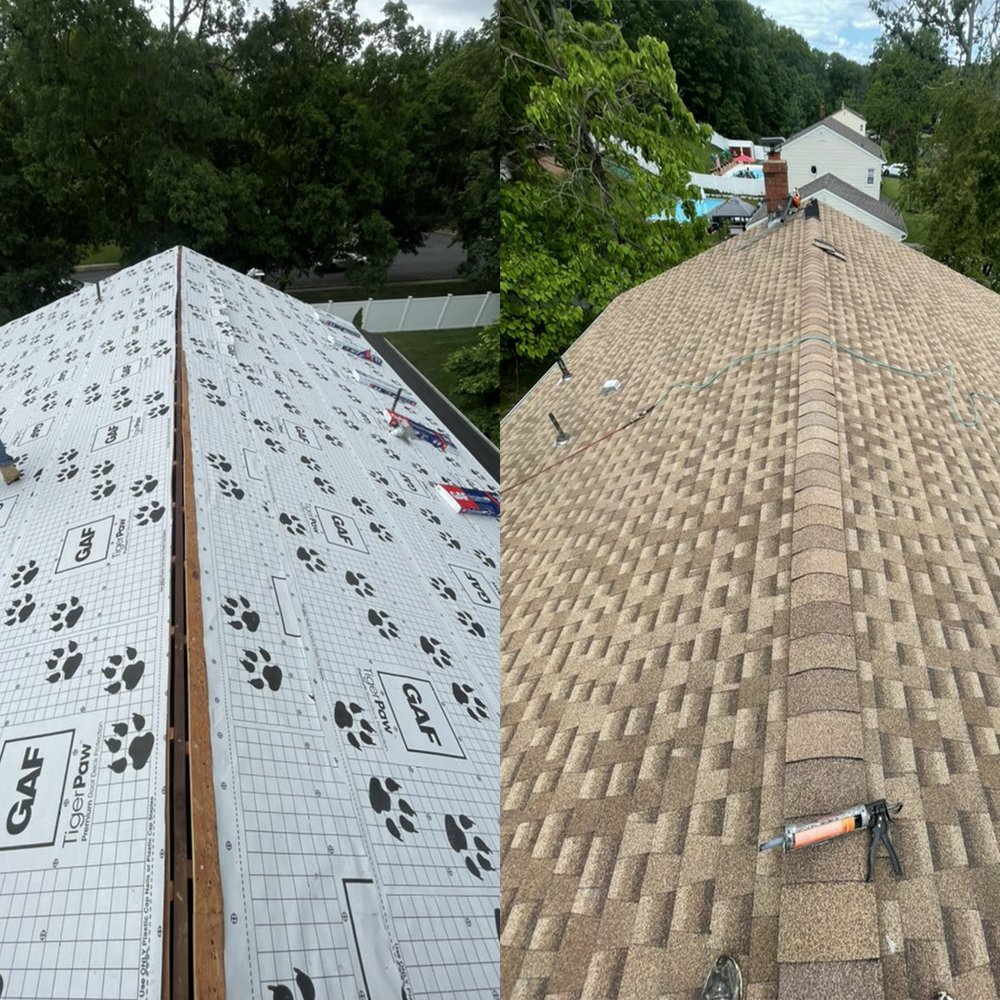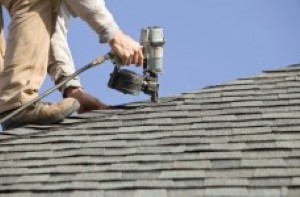Roofing Companies Oahu: Premier Roofers for All Roofing Projects
Roofing Companies Oahu: Premier Roofers for All Roofing Projects
Blog Article
Understanding the Different Kinds Of Roofs: A Comprehensive Guide for Homeowners
With a range of options-- ranging from the traditional gable to the modern flat-- each kind provides one-of-a-kind benefits and challenges that ought to align with the homeowner's ecological considerations and particular requirements. As we check out the intricacies of different roofing system types, it comes to be noticeable that one size does not fit all; the best selection may stun you.
Gable Roofings
Gable roof coverings, characterized by their triangular shape, are among one of the most popular roofing styles because of their simplicity and performance in shedding water and snow. This design includes two sloping sides that meet at a ridge, permitting efficient drain and decreasing the threat of water accumulation. The steep pitch commonly connected with gable roofs improves their capacity to handle hefty rainfall, making them ideal for different climates.
Along with their useful benefits, saddleback roofs supply aesthetic flexibility. They can be adapted to various building designs, from traditional to modern homes. The design can additionally fit extra attributes such as dormer home windows, which enhance all-natural light and ventilation in the attic area.
Moreover, gable roof coverings offer sufficient space for insulation, adding to energy performance. House owners can select from a range of roof covering products, consisting of asphalt roof shingles, metal, and ceramic tiles, further boosting customization choices.
Regardless of their advantages, saddleback roofs might call for extra assistance in locations prone to high winds or heavy snowfall. Overall, the gable roofing remains a favored option due to its blend of functionality, sturdiness, and visual allure.
Flat Roofs
Flat roofings are typically acknowledged for their minimalist layout and useful applications, especially in commercial and industrial settings (oahu roofing). These roofs include a horizontal or nearly straight surface, which permits very easy building and construction and flexible space application. While they may do not have the visual allure of angled roofs, level roofing systems supply various benefits, specifically in urban environments where optimizing space is critical
Among the main advantages of level roof coverings is their accessibility. Home owners can use the roof covering space for numerous objectives, such as roof gardens, terraces, or solar panel installments. Furthermore, level roofing systems are normally a lot more cost-efficient to set up and preserve compared to their sloped counterparts, as they require less materials and labor.
However, flat roofing systems do existing particular challenges. Correct drain is important to avoid water merging, which can cause leaks and structural damages. Hence, selecting high-quality waterproofing materials and routine evaluations are vital for ensuring long life. Common materials made use of for level roof coverings include built-up roofing (BUR), customized asphalt, and single-ply membrane layers, each offering distinctive benefits. In general, flat roofing systems act as a practical and versatile option for lots of homeowners and companies alike.
Hip Roofs
Hip roofing systems are identified by their sloped sides that converge on top, forming a ridge. This layout is distinct from saddleback roofs, as all four sides of a hip roof covering slope downwards towards the wall surfaces, supplying a much more secure structure. The angle of the inclines can vary, permitting flexibility in architectural looks and capability.
Among the key advantages of hip roofs is their ability to hold up against hefty winds and negative weather. The sloped surface areas enable better water drain, reducing the danger of leakages and water damage. In addition, hip roofs offer enhanced attic area, which can be made use of for storage space or perhaps transformed right into livable areas.
However, creating a hip roof covering can be much more pricey and intricate than less complex roofing system kinds, such as saddleback roofs. The additional material and labor entailed in developing the inclines and guaranteeing proper structural integrity can result in higher expenses. Despite these drawbacks, several home owners prefer hip roof coverings for their durability, visual allure, and capacity for energy efficiency.
Mansard Roof Coverings
Mansard roof coverings, often recognized by their unique four-sided layout, attribute 2 slopes on each side, with the lower slope being steeper than the top. This building style, stemming from France in the 17th century, is not only visually attractive however useful, as it makes the most of the usable area in the upper floorings of a structure. The steep reduced slope enables even more headroom, making it an excellent selection for loft spaces or attic rooms, which can be exchanged living areas.
Mansard roofs are defined by their flexibility, accommodating different architectural designs, from conventional to modern-day. They can be constructed with different materials, consisting of asphalt shingles, slate, or steel, giving property owners with a series of choices to suit their choices and spending plans. Furthermore, the design enables the assimilation of dormer home windows, improving natural light and air flow in the top degrees.
Nevertheless, it is important to think about the potential drawbacks. Mansard roofings may require more upkeep as a result click to read of the intricacy of their style, and their high inclines can be testing for snow and rainfall overflow. Generally, mansard roofings combine elegance with functionality, making them a preferred choice among home owners seeking distinctive building features.
Lost Roof Coverings
As property owners significantly look for simpleness and functionality in their building designs, dropped roofing systems have actually arised as a popular choice. Identified by a single sloping aircraft, a shed roof offers a minimalist visual that matches different home styles, from modern to rustic.
Among the main benefits of a shed roof covering is its straightforward construction, which commonly translates to reduce labor and product expenses. This design permits for reliable water drainage, decreasing the danger of leakages and water damages. In addition, the vertical incline provides sufficient room for skylights, boosting all-natural light within the inside.
Dropped roofings additionally supply versatility in terms of use. They can be effectively integrated right into enhancements, garages, or outdoor structures like sheds and pavilions. Furthermore, this roof covering design can suit different roof covering products, including metal, asphalt shingles, and even eco-friendly roof coverings, straightening with eco-friendly campaigns.
However, it is vital to think about local environment conditions, as heavy snow lots may require modifications to the roofing system's angle or framework. On the whole, shed roof coverings offer a useful and aesthetically pleasing choice for property owners wanting to optimize capability without compromising design.
Final Thought


Gable roofs, characterized by their triangular form, are amongst the most popular roof covering styles due to their simplicity and efficiency in shedding water and snow. oahu roofing. The high pitch frequently connected with gable roofs boosts their capacity to manage hefty precipitation, making them appropriate for numerous climates
While they may do not have the aesthetic appeal of pitched roofing systems, level roof coverings offer countless advantages, specifically in city atmospheres where optimizing area is important.

Report this page